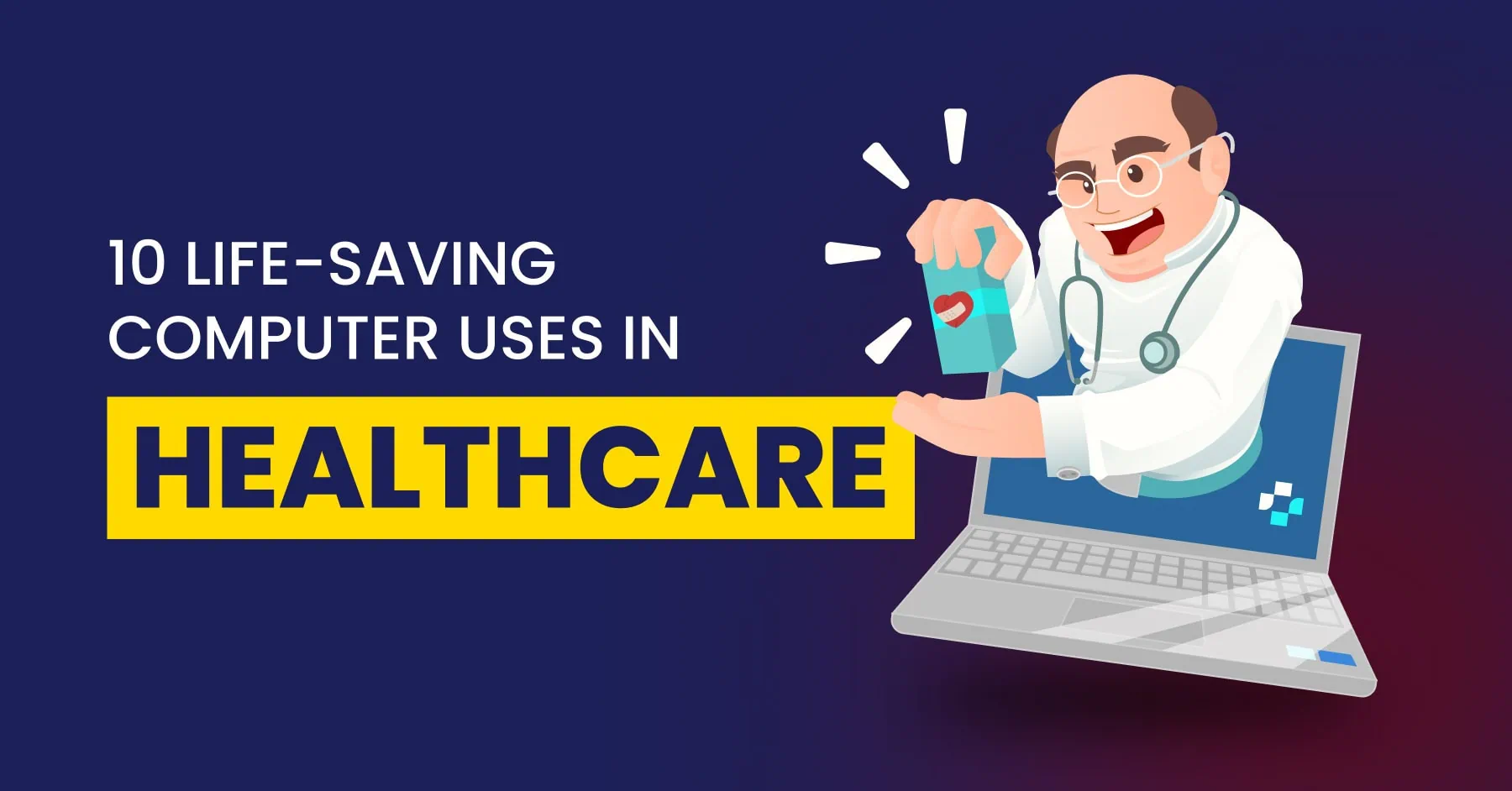In the quickly changing world of today, technology is essential to improving the caliber and effectiveness of many different businesses and services, and the healthcare industry is no exception. The computer is one of the most revolutionary devices that has proven essential in the medical field. Computers have completely changed how healthcare professionals work, from patient care to administrative duties. The significance of computers in healthcare, their particular uses in the nursing and medical domains, the difficulties they present, and the prospects for this technological integration are all covered in this article.
Why Computers are Essential in Healthcare
Both patient care and facility administration have significantly improved as a result of the introduction of computers into the healthcare industry. Large volumes of data may be processed and stored by computers, which helps medical practitioners monitor patient progress, identify health trends, and promptly disseminate important information.
The ability of computers to increase accuracy and decrease human error is one of the main reasons they are crucial in the healthcare industry. Medical records are now recorded electronically thanks to automated systems, doing away with handwritten notes, which are frequently illegible or prone to errors. Furthermore, diagnostic tools—like software for radiological imaging—provide far more accurate interpretations, assisting physicians in making more educated choices.
Additionally, computers help medical practitioners communicate with one another. They enhance the information flow in a healthcare context by offering platforms for telemedicine, electronic prescribing, and direct messaging between physicians, nurses, and patients. Care is more fast and effective when patient data is readily accessible from anywhere.
10 Uses of Computers in the Medical Field
1. Electronic Health Records (EHRs)
One of the biggest developments in contemporary healthcare has been the use of Electronic Health Records, or EHRs. EHRs give medical professionals instant access to patient records, including imaging reports, prescriptions, and test results. By lowering the possibility of mistakes, expediting patient care, and guaranteeing that physicians have access to the most recent data, this raises the standard of care.
2. Telemedicine
By enabling patients to consult with doctors remotely through video chats, emails, or text messages, telemedicine has completely changed the healthcare industry. Patients in underserved or rural locations, where access to healthcare services may be limited, will find this especially helpful. Additionally, telemedicine offers a platform for speedier consultations, cutting down on wait times and increasing accessibility to healthcare.
3. Medical Imaging
A key component of diagnostic imaging is computers. Advanced software that not only records images but also assists radiologists in analyzing them supports technologies such as MRIs, CT scans, and X-rays. Computers can improve diagnosis accuracy by using image processing techniques to find patterns or anomalies that the human eye might miss.
4. Computerized Physician Order Entry (CPOE)
Healthcare professionals can enter patient orders, including prescriptions, lab work, and imaging treatments, straight into a computer system with the use of CPOE systems. This improves prescription accuracy and reduces the possibility of misunderstandings. Additionally, CPOE systems can promote patient safety by warning physicians about possible drug interactions, allergies, or other issues.
5. Clinical Decision Support Systems (CDSS)
Computer-based tools such as CDSS help medical professionals make clinical judgments. These systems determine the optimal course of treatment by evaluating patient data and evidence-based guidelines. This helps healthcare professionals stay current with the most recent clinical recommendations while also enhancing the quality of care.
6. Robotics in Surgery
With the help of robotic devices, like the da Vinci Surgical System, surgeons can execute intricate surgeries more precisely, with fewer incisions, and with improved visualization. Computers operate these systems, improving precision and lowering the possibility of issues. The emergence of robotic surgery is revolutionizing surgical techniques, leading to better patient outcomes and quicker recovery periods.
7. Nursing Informatics
Nursing informatics combines information technology and computer science with nursing practice. Nurses can monitor patient progress, help with care coordination, and enter and retrieve patient data more quickly with nursing informatics. This enhances patient outcomes and lowers medication or therapy administration errors.
8. Pharmacy Management Systems
Computer-based pharmacy management systems are essential for monitoring prescriptions, drugs, and stock in clinics and hospitals. These technologies also lower the possibility of dangerous errors by assisting pharmacists in making sure the right amounts are provided and by warning them of any possible drug interactions.
9. Health Monitoring Devices
Computers play a key role in the real-time recording and processing of health data by wearable health devices like smartwatches, glucose trackers, and heart rate monitors. Healthcare professionals can receive this data directly, providing them with information about a patient’s health without needing to visit the doctor’s office. It makes proactive care and early health issue detection possible.
10. Medical Research and Data Analysis
Computers are become essential instruments for medical research. Large datasets from epidemiological, genomic, and clinical trials are analyzed by researchers using sophisticated computational models. This makes it possible for them to spot patterns, comprehend the causes of illnesses, and find novel cures. Much of the advancement in medical research would not be feasible without the capacity of contemporary computers.
Challenges and Future of Computers in Healthcare
There are however several challenges despite the many benefits that computers bring to healthcare. These need to be addressed for further improved services.
Privacy and Data Security Issues
Protecting health data from cyber threats is becoming more and more crucial as more patient data is kept electronically. In addition to violating patient privacy, data breaches in the healthcare industry have the potential to seriously injure patients. It is crucial to make sure that healthcare systems have strong security measures in place, including as encryption, multi-factor authentication, and frequent system audits.
Implementation Cost
The expense of putting these systems in place can be a major obstacle, particularly for smaller healthcare facilities or those in developing nations, even though computers and related technology increase productivity and treatment quality. Although many contend that the long-term advantages of these systems outweigh the costs, the initial investment in infrastructure, training, and upkeep might be prohibitive.
Interoperability
The incompatibility of various health information systems is another difficulty. It can be challenging to transfer patient data across systems in a smooth manner because different hospitals, clinics, and healthcare providers frequently use different software platforms. Improving patient care requires standardizing systems to facilitate improved data interchange.
Adaptation and Training
For healthcare workers to efficiently use new technologies, they must receive sufficient training. Older physicians and nurses may find it difficult to adjust to new systems, but younger professionals are usually more tech-savvy. To guarantee that these people can use these tools efficiently without sacrificing patient care, ongoing training and assistance are required.
The Future of Computers in Healthcare
Computers in healthcare appear to have a very bright future. Blockchain technology, machine learning, and artificial intelligence (AI) will likely become more integrated into healthcare systems as technology advances.
Predictive analytics, treatment planning, and diagnostic technologies will probably use artificial intelligence (AI) more. Large volumes of patient data can be analyzed by AI algorithms to find trends and forecast health outcomes, resulting in more individualized treatment regimens.
Blockchain technology may be able to solve a lot of patient data security issues. Medical records may be shared and stored more securely thanks to blockchain’s decentralized structure, which makes sure that only authorized users can access private data.
AI has the potential to be utilized in nursing to monitor patients in real time, giving nurses continuous information on their health and even warning them of possible issues before they worsen.
Furthermore, as telemedicine develops further, it will be more seamlessly connected with other healthcare systems, providing more thorough chronic illness monitoring and virtual consultations with specialists.
Conclusion
Computer integration has revolutionized the nursing and medical professions. Computers are enhancing the quality, effectiveness, and accessibility of healthcare services globally, from the adoption of Electronic Health Records to the application of artificial intelligence in diagnostics. The use of computers in healthcare has a bright future, despite ongoing issues with data security, interoperability, and cost. Undoubtedly, new opportunities to improve patient care, achieve better results, and give healthcare workers the resources they need to deliver the best care possible will arise as technology develops. In addition to being necessary, computers play a key role in the future of nursing and medicine.











One Response